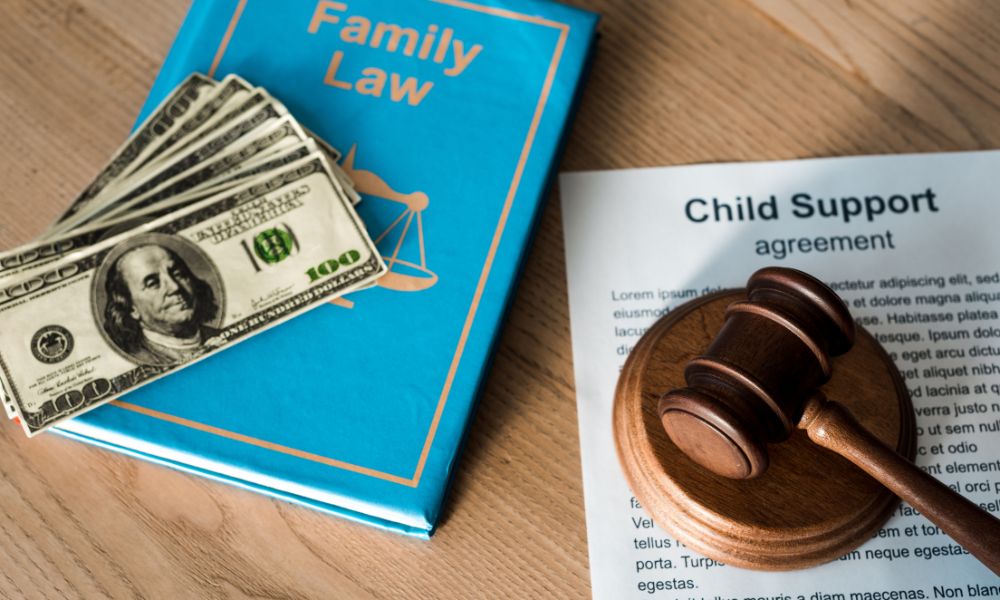The Gray Divorce Revolution
The graying of America is moving full speed ahead. It is estimated that 10,000 people are turning 65 every day —a trend that will continue for the next 20 years. By 2030, almost one out of every five Americans—some 72 million people—will be 65 years or older. By 2050, the 65+ population is projected to be between 80 and 90 million, with those 85 and older accounting for nearly 21 million.
As the number of older Americans significantly increases, so has the percentage of those in this age group who have obtained a divorce. A recent study conducted by the National Center for Family and Marriage Research has revealed that the divorce rate among those over the age of 50 has doubled within the last 20 years, and that roughly 25% of divorces now occur among the 50+ age group. Although the report The Gray Divorce Revolution states that shifts were expected in the marital status of older adults in light of the overall upward trend in the age of our population, the pace of divorce among older adults has accelerated far more rapidly than anticipated.
The study suggested several reasons to explain the surge in divorce among older Americans. First, those in this age group are likely to be in second or even third marriages, and remarriages are more likely to end in divorce. In addition, because divorce has become a common occurrence, older adults are more accepting of it in either their own lives or for those around them. Further, because women have more fully participated in the labor force, they have established a level of economic security – including having their own retirement benefits – to allow them to support themselves without the assistance of a spouse. Also, longer life-expectancies decrease the likelihood that a marriage will end through death and increase the time period during which a divorce can occur. Some researchers have also suggested that a heightened emphasis on individual fulfillment and satisfaction may lead to more divorces. Today, expectations are greater for what constitutes a successful marriage than they were for previous generations, and society no longer frowns on ending an unsatisfying marriage in divorce.
Analysts predict that the rise in divorce among older members of the population will also likely have a significant impact upon retirement. A couple who had adequate resources to retire together may find themselves unable to fund retirement in two separate households. The result may be to cause a delay in retirement and/or a scaling-back of the expected retirement lifestyle. For those already retired, a divorce could force reentry into the workforce in some capacity. Many experts recommend that when older adults are divorcing, it may be particularly helpful to secure the assistance of a financial adviser who can provide an informed opinion regarding the effect of the divorce on retirement plans.



